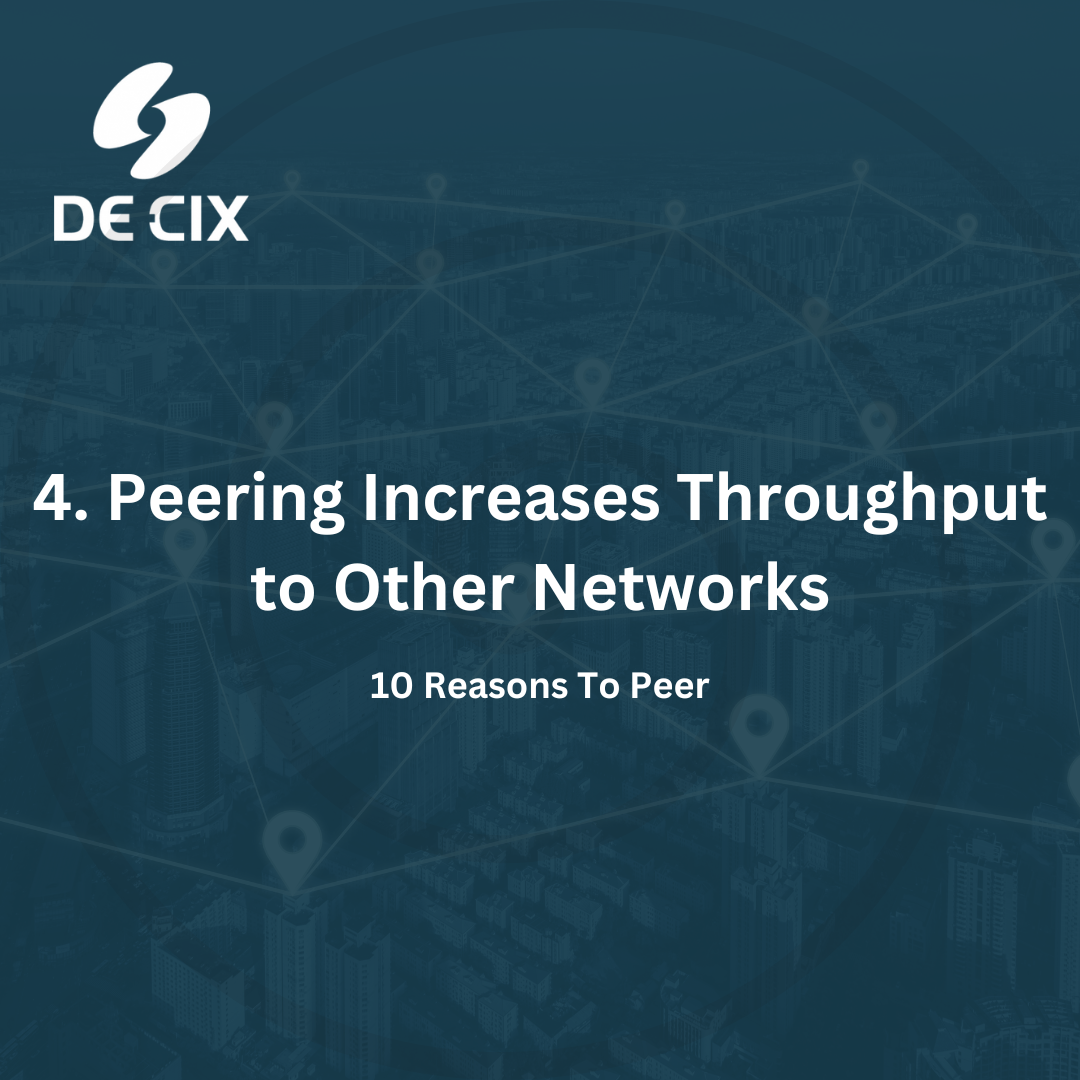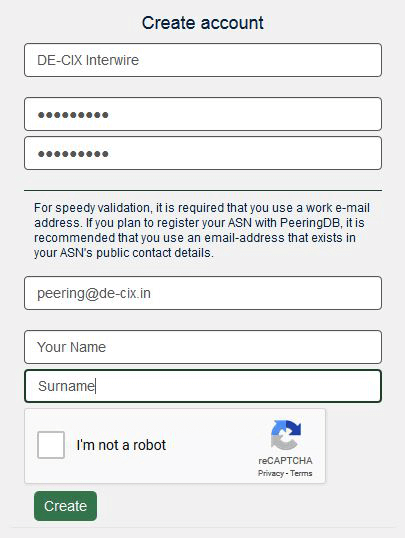पीयरिंग, पॅब्लिक या प्राइवेट पीयरिंग की तलाश करने वाला कोई भी नेटवर्क पीयरिंग डीबी में आ सकता है। इस ब्लॉग में, हम आपको बताएंगे कि पीयरिंग डीबी क्या है?
आपके पास ठीक से अपडेटेड पीयरिंग डीबी एंट्री क्यों होनी चाहिए और इसे कैसे प्राप्त करें? यह मेरे नेटवर्क या संगठन के लिए कैसे उपयोगी होगा?
पीयरिंग डीबी क्या है?
पीरिंग डीबी के अनुसार “पीयरिंग डीबी एक स्वतंत्र रूप से उपलब्ध, उपयोगकर्ता-अनुरक्षित, नेटवर्क का डेटाबेस, और इंटरकनेक्शन डेटा के लिए स्थान पर जाना है। पीरिंग डीबी डेटाबेस इंटरनेट एक्सचेंज पॉइंट्स (IXP), डेटा सेंटर और अन्य इंटरकनेक्शन सुविधाओं में नेटवर्क के वैश्विक इंटरकनेक्शन की सुविधा प्रदान करता है, और इंटरकनेक्शन निर्णय लेने में पहला कदम है”
https:/peeringdb.com
पीरिंग डीबी की शुरुआत कैसे हुई?
पीरिंग डीबी को व्यापक रूप से पीरिंग तथा इंटरकनेक्शन निर्णय लेने के लिए डिफ़ॉल्ट सार्वजनिक डेटाबेस स्वीकार किया जाता है। 2004 में रिचर्ड स्टीनबर्गेन द्वारा बनाया गया। पहले के इंटरनेट एक्सचेंज पॉइंट्स (IXP’s) या प्राइवेट पीयरिंग सुविधाएं (Colocation सुविधाएं) अपने पीयरिंग पार्टनर्स की सूची बनाए रखने के लिए उपयोग करते हैं। आज पीयरिंग डीबी न केवल एक सार्वजनिक डेटाबेस है, बल्कि पीयरिंग विश्व में नवीनतम घटनाओं पर जानकारी एकत्र करने का एक उपकरण भी है।
कब मुझे एक पीरिंग डीबी एंट्री बनानी चाहिए?
जब नेटवर्क किसी भी इंटरनेट एक्सचेंज प्वाइंट या निजी सुविधा में पीरिंग आरंभ करने की योजना बना रहे हैं, तो उन्हें ज्यादातर अपनी उपस्थिति IX या डेटा सेंटर दिखाने के लिए कहा जाता है। इसलिए किसी भी अन्य साथियों के लिए यह समझना आसान हो जाता है कि आप कहां उपलब्ध हैं और पीयरिंग डीबी एंट्री एक प्रथम पड़ाव के रूप में कार्य करती है जब यह निर्णय लिया जाता है कि कहाँ और किसके साथ पीअर करना है। खाता प्रकृति में केवल पढ़ने-पढ़ने या लिखने के लिए हो सकता है। एक खाता बनाते समय, आपके आधिकारिक ईमेल पते या ईमेल पते का उपयोग करने की सिफारिश की जाती है, जो संसाधन आवंटित करने के लिए रजिस्ट्री में उपयोग किया जाता है। उपयोगकर्ताओं को आम तौर पर इन विवरणों को सार्वजनिक करने के लिए प्रोत्साहित किया जाता है।
पीयरिंग डीबी खाता बनाने की विधि।
1. www.peeringdb.com पर नेविगेट करें और एक उपयोगकर्ता खाता पंजीकृत करें।

2. अपने ईमेल पर प्राप्त लिंक पर क्लिक करके अपने ईमेल पते की पुष्टि करें।
3. अपने ए.स.एन और संगठन के नाम के साथ कनेक्टेड नेटवर्क की सूची बनाएं। यदि पहले से मौजूद है, तो अन्य नेटवर्क के साथ एक कनेक्शन बनाएं जिसकी आपको आवश्यकता है।
4. उल्लिखित संगठन के साथ कनेक्शन को मंजूरी देने के लिए पीयरिंग डीबी की प्रतीक्षा करें।
5. कनेक्टेड संगठन पृष्ठ पर जाएं और जानकारी संपादित करें। यदि आपका नेटवर्क पहले से ही जोड़ा गया है, तो पॅब्लिक या प्राइवेट पीयरिंग एक्सचेंज सुविधाएं अपडेट करें।

6. अपडेट की गई जानकारी को सेव करें और पीयरिंग डीबी पर सूचीबद्ध करें।
DE-CIX इंडिया को यह कहते हुए गर्व होता है कि हम पीयरिंग डीबी के लिए प्लेटिनम प्रायोजक हैं।
यदि आप पीयरिंग डीबी प्रविष्टियों को अपडेट करते समय किसी भी समस्या का सामना कर रहे हैं, तो कृपया हमें marketing@de-cix.in पर एक ईमेल करें।
DE-CIX इंडिया इंटरनेट एक्सचेंज सेवाएँ के बारे में अधिक जानने के लिए यहां जाएं। उपलब्ध डाटासेंटर और IX स्थानों पर अधिक जानने के लिए यहां जाएं





